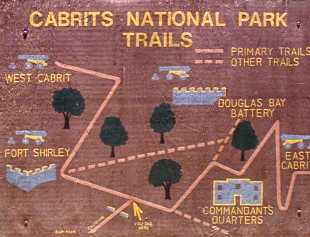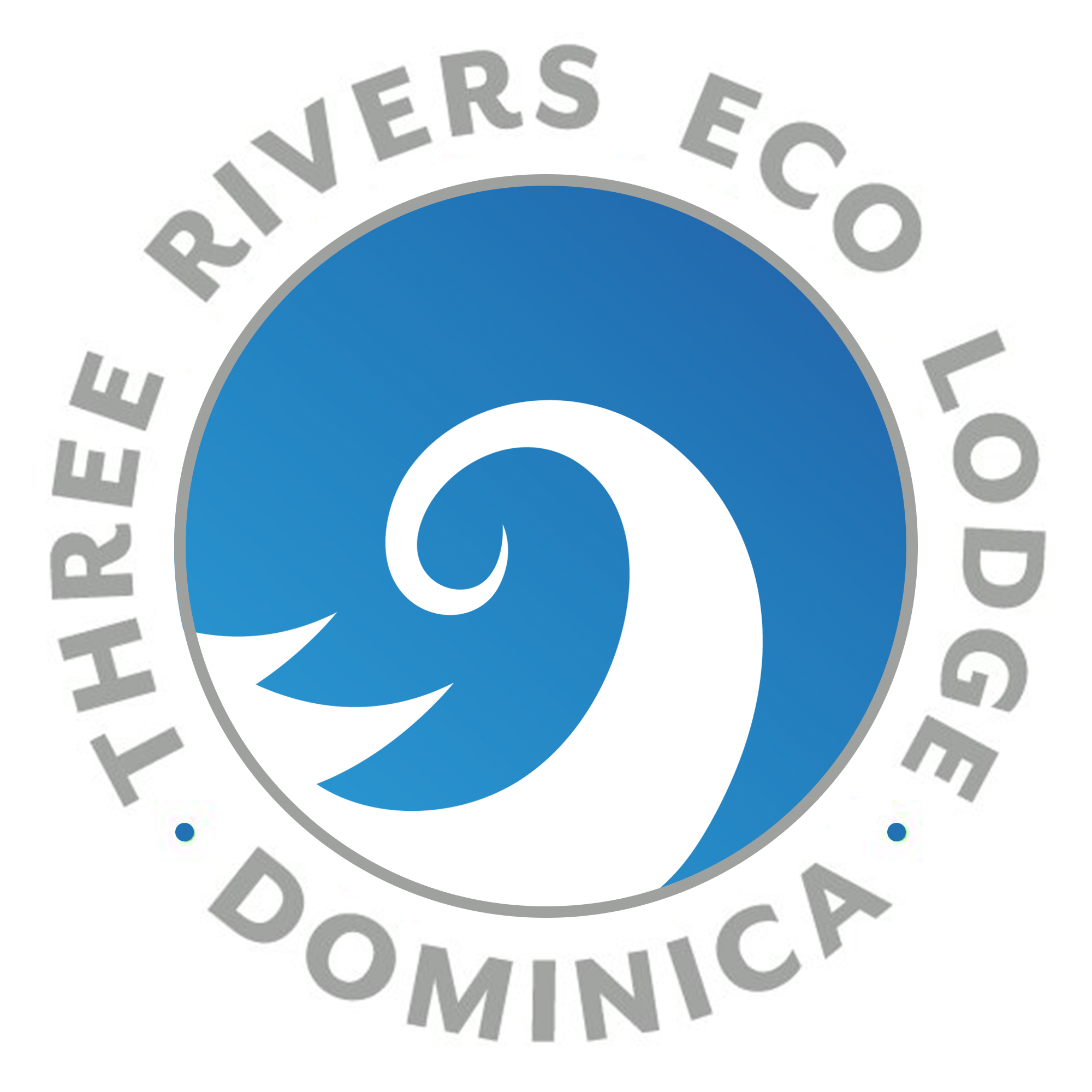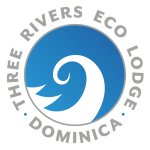
Dominica has a rich culture and a fascinating history.
Créole Music, with its roots in the French Créole language, was born in Dominica, and is based on rhythmic African cultural musical patterns.
Dancers, storytellers, artists and musicians can be found in every village, celebrating the culture with regular performances all over the island. especially during Créole week and Independance Day celebrations in November.
Music is all about.
The island has a fascinating history, settled first by the Kalinagos (Caribs), then by Columbus, and later the British and the French fought several times over the ownership of first Waitukubuli (tall is her body), today known as Dominica.
Our local village of Grand Fond has is also stooped in history ; the people are always excited to meet new visitors, and it is an interesting and welcoming place to visit and learn about local culture.
Here, at 3 Rivers, we make every effort to showcase local culture & traditions through our community projects and community visitor experiences
The Kalinago people Territory play an important role in Dominica. The 3000 inhabitants of the reserve are descended from the island’s original inhabitants, and are the last remaining recognized tribe of Carib Indians in the world.
DOMINICA HISTORY
Throughout its history, the fertile land of Dominica has attracted settlers and colonizers, and has been the subject of the military, and often bloody squabbles of European powers.
At the time of Columbus’ visit in November 1493, the island was a stronghold of the Caribs from South America, who were driving out the Arawaks. In 1627, the English took theoretical possession without settling, but by 1632, the island had become a de facto French colony ; it remained so until 1759, when the English captured it. In 1660, the English and French agreed to leave the Caribs in undisturbed possession, but in fact French settlers went on arriving, bringing enslaved Africans with them. In history Dominica changed hands between the two European powers, passing back to France (1778), and again to England (1783). The French attempted to invade in 1795 and 1805, before eventually withdrawing, leaving Britain in possession.
In 1833, the island was linked to Antigua and the other Leeward Islands under a Governor General at Antigua, but subsequently became part of the Federation of the Leeward Islands Group (1940-60). Dominica joined the West Indies Federation at its foundation in 1958, and remained a member until differences among larger members led to its dissolution in 1962. Dominica became an Associated State of the United Kingdom in 1967, with full internal self-government, but Britain remained responsible for foreign policy and defence.
An important day in history – Full Independence on November 3, 1978.
LOCAL HISTORY, ROSALIE
3 Rivers is set in The Newfoundland Estate, which was itself formed on part of the old Rosalie Estate.
The Rosalie Estate is situated on the East Coast, from Rosalie Bay, up the banks of the Rosalie River.
It was one of the largest estates on the island, totaling 2,081 acres.
For Dominica, late twenties, was major time in history change, as
mulattos, whites and blacks jostled for their place in society.
Vibrant local communities were then established around former estates .
A noted community was springing up around the Rosalie estate, which for
years had provided some means for the surrounding local villagers whose
forebears had worked as slaves on this estate.
The Rosalie Bay Estate, where the school, church and police station were located, was a-buzz with activities.
Quite a sizeable population of estate workers lived in houses provided
by the owner of the Rosalie Estate, Miss Johnson, a white heiress, who
later married Mr. Gerard Winston, a native mulatto.
History says Rosalie rum was the best rum manufactured in Dominica, and people came from all over the state to buy it.
They transported the rum in barrels by boat, and in five gallon
demi-johns by head, often across the island via the Chemin De Letang,
which starts close to 3 Rivers.
This was done almost daily, but more so on Saturdays, and especially at Christmas time.
On Sundays, the villagers of Morne Jaune, Rivière Cyrique and Grand Fond joined with the residents of Rosalie Bay for Holy Mass.
Since the 1960s, much of it has been sub-divided and sold off.
It produced sugar, cocoa, limes, bananas and coconuts at various times in its history.
The first British owners included Governor William Stuart and in the 19th-20th century the Johnson family.
One of the leading maroon chiefs of the 18th century, recorded as “born
in Guinea”, was the chief of a maroon camp in the centre of the island
near Bells, who became famous for leading an attack on Rosalie Bay
Estate in December 1785.
He was betrayed by a fellow slave of Belfast Estate and shot by a squad of Black Rangers in 1786.
He was brought to Roseau and exposed on a gibbet, where he took a week to die.
This event was the inspiration for the song at the time “Balla mort, bois gatay”, ( Balla is dead, the woods are spoilt ).
After emancipation, a village developed around the estate yard, but
when new owners, Messrs. Leach and Tabor, took over in the 1950s, the
land was reclaimed and the villagers were evicted, forced to dismantle
their houses and disperse to the settlements at Grand Fond and Rivière
Cyrique.
The church was abandoned and fell into ruin, but in the 1990s, it was
restored and is now the site of the Diocesan Retreat Centre.
Today, the old Rosalie estate is an incredible area of Dominica to visit, with plenty of its history still visible.
The ruins of an aqueduct and sugar works are still standing, and the site of the old estate house can be seen on the hill above the works, near the modern estate house.
The beach itself is one of the most picturesque in Dominica, and as well as being a popular nesting ground for all kinds of sea turtles, is also great for serious expert surfing. The under currents can be strong though, so swimmers beware!
Guided history tours of the area are available as part of our community activities.
Visit the website created by the villagers from one of our local villages, Riviere Cyrique, to learn more about our local area at RavineCyrique.com
KALINAGO (CARIB) HISTORY
At first glance, the Kalinago (formerly known as Carib) territory, 3700 acres, seems like any other part of Dominica, but this special place has a different feel to the rest of the island.
The Reserve has about 3000 inhabitants, who are descended from the island’s first settlers, and the majority live in simple homes and generally work the land and the sea. Unlike other Dominicans, who are of African descent, the Kalinago pople have South American blood in them, and have a different appearance to the rest of the population, with jet black straight hair, and amazingly beautiful eyes. No Carib owns any of the land, rather, the whole territory belongs to them all, and they organise themselves through their tribal council. The ancient Kalinago language is slowly dying out, and is only spoken by very few of the older generation.
A visit to the area is an interesting cultural experience; you will see some of the most incredible crafts in the world, including ornate wood carvings and carefully woven wicker baskets ; an ideal place to find some gifts for your friends, ensuring the actual craftsman benefits from the sale, rather than middle men not from the reserve.
In 2002, Adam Sanford became the first Carib to play test cricket for the West Indies team, a moment cherished by all Dominicans.
L’escalier de Tête-Chien, a snake-like rock formation protruding into the ocean, and the horseback ridge are amongst the places of interest well worth visiting during your stay in Dominica.
The new Kalinago (traditional name for Carib) model village in Bataca is also well worth a visit.
We are proud to support Dominica Academy of Arts and Sciences (DAAS) whos purpose is to unite the competence of skilled Dominicans and Friends of Dominica, into an effective tool for the development of artistic and scientific enterprise in all spheres at home and abroad.

